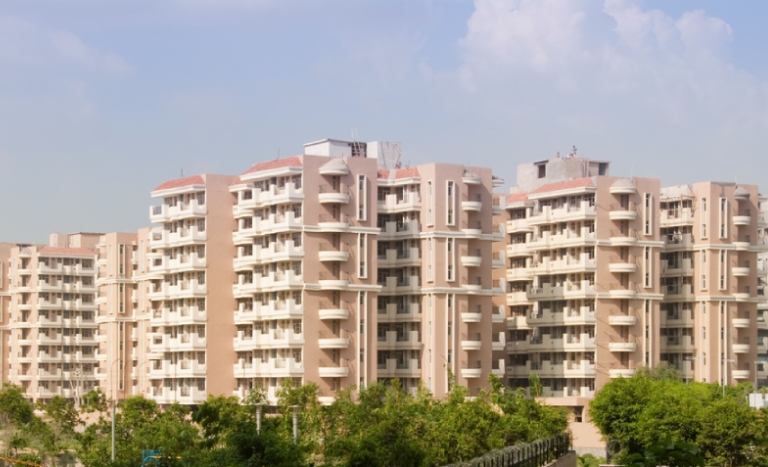Residential real estate growth in the top 7 cities is expected to increase by 10 to 12% with the areas sold to 785-800 million square feet in FY 2025 on an upscale base of FY 2024.
Based on a report by ICRA. Although the sales growth rate has dampened as per the report, it is also important to note that the overall sales velocity, collection, and inventory position are anticipated to be encouraging.
As per the ICRA Report on Residential Real Estate Growth Projections:
On August 7 credit rating agency ICRA Limited said in its report that the projections for Residential Real Estate in FY-2024-25 are quite stable.
Housing sales across top cities including the Mumbai Metropolitan Region, National Capital Region, Bengaluru, Hyderabad, Pune, Kolkata, and Chennai are expected to achieve double-digit growth in the financial year 2024-2025.
ICRA believes that residential real estate will maintain a positive trend in FY25 with an average rise in property prices by 5-6 percent and growing demand for home ownership from Tier II cities.
As per ICRA, the area for sale may rise by 12-14% annually in the next few years and reach 785-800 million square feet in FY25 due to robust end-user demand and healthier though gradually improving affordability.
It added that average property prices are likely to increase by 5-6% in the current fiscal compared to 11% year-on-year in FY24 as per the agency’s estimation.
Anupama Reddy, co-group leader and vice president of corporate ratings at ICRA, stated, “This is driven by a change in the product mix with a higher share of luxury units and pricing flexibility arising out of healthy sales and the resultant lower inventory overhang.”
Tier II Markets:
ICRA also noted that demand for real estate ownership is in play across Tier II markets, with trends similar to those seen in metro cities, particularly about an inclination towards premiumization, and that several branded developers are evaluating prospects in Tier II cities.
ICRA Report on Residential real estate Growth projections Added:
It also made clear that most current home sales are taking place in the under-construction portfolio.
Additionally, new launches in the leading seven cities are likely to increase to 767 million square feet, 12% up year-on-year.
This comes on the back of a decadal low inventory, comfortable years-to-sell (YTS) metric and healthy demand, the agency reasoned.
The ICRA emphasized that, because of robust sales and well-timed launches in the residential real estate sector, the inventory fell to 687 million square feet in June 2024 from 732 million square feet in March 2023.
The YTS stayed low at 0.9 times as of that same month. YTS is calculated as unsold inventory/sales in the last 12 months.
The replacement ratio that can be defined as launches/sales in the last 12 months is expected to remain at 1 time for FY25 based on the ICRA study.
The agency predicted that throughout the fiscal year, cash flow from activities would increase by 9–11% while gross debt would rise by 6-7%, mostly to finance the purchase of new property for commercial development.
In FY25, the gross debt is predicted to comfortably hover between 1.55 and 1.60 times.
In the meantime, ICRA predicted that collections for the fiscal year ending March 31, 2025, would rise by 19–21% on an annual basis due to higher average selling prices and higher unit sales.
Residential Real Estate Rental Demand Holds Strong: No Signs of Slowdown
ICRA predicts that despite a significant increase in rental yields in some areas post the COVID-19 outbreak that has acted as a catalyst for house ownership, demand for rental housing in FY25 will likely persist due to a decrease in the supply of ready-to-move-in properties.
Largely the sales are happening in the under-construction segment in the residential real estate.
Ready to move-in is relatively little in the overall scheme of things when compared to what it used to be a couple of years back,” said Rajeshwar Burla, Group Head, ICRA Limited.
Anupama Reddy, co-group head and vice president – Corporate Ratings, ICRA, went on to discuss distressed real estate projects, stating that the residential real estate industry has benefited from the SWAMIH Fund established to finish distressed and unfinished residential buildings.
There’s been some shifting. In total, between 10 and 12 percent of the projects have been given final approval.
For the SWAMIH Fund, an initial corpus of about ₹25,000 crore was planned; of this, over ₹15,000 crore has been raised thus far, enabling the resumption of projects that have halted, according to Reddy.

